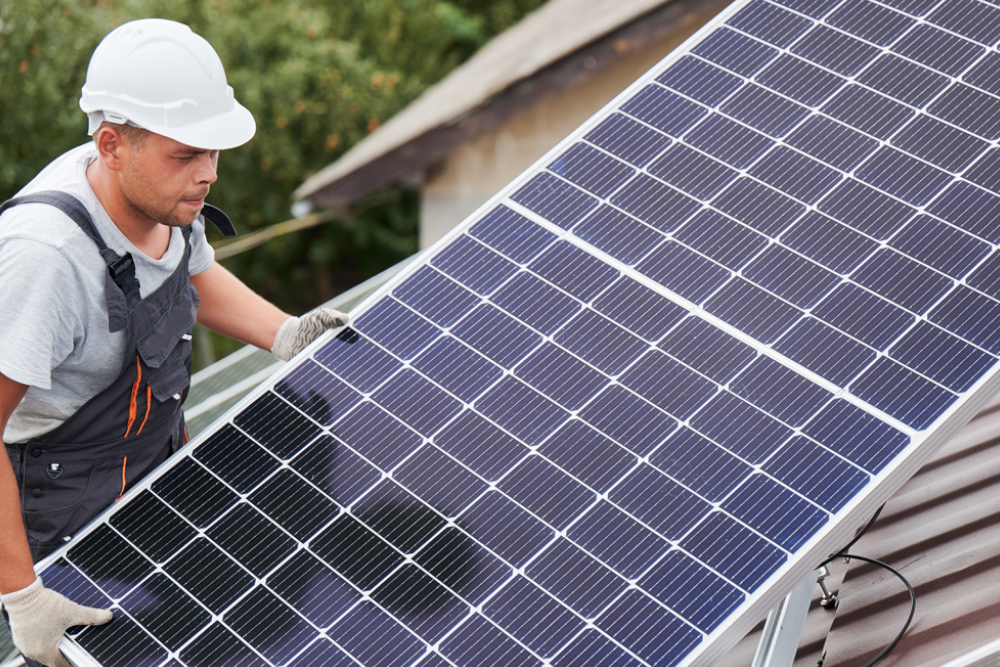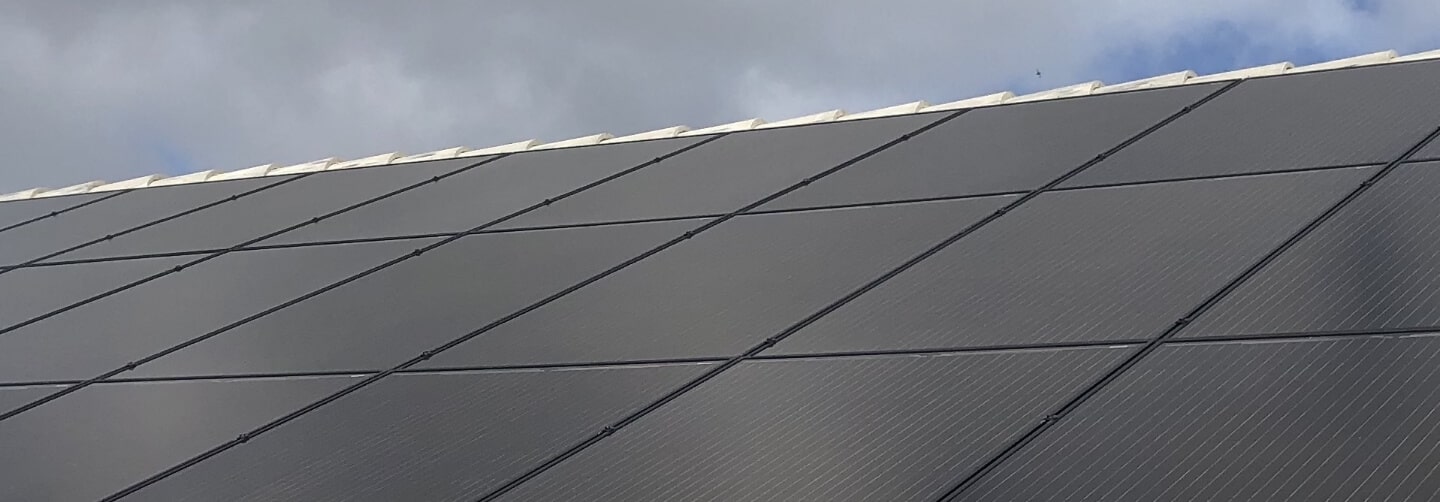Your Guide To Adding Solar Panels To An Existing System

Expanding your solar setup can be a smart move when your energy use grows or you want to lower your electric bills even further. Adding solar panels to an existing system allows you to generate more clean energy without starting from scratch.
Many homeowners in Florida find this upgrade appealing as solar technology becomes more efficient each year. In this blog, we’ll walk you through how the process works and what to consider before making your decision.
Understanding Solar System Expansion
Adding new panels to an existing solar setup means increasing your system’s capacity without removing what you already have. This process connects additional panels to your current inverter or integrates a new inverter to handle the added power.
Before starting, it’s important to know that not every system can be expanded in the same way. Factors such as inverter size, wiring, and roof layout determine what’s possible.
A professional evaluation helps identify the safest and most efficient path. This allows your upgraded system to work as one complete unit for stronger energy production.
Signs You’re Ready to Add More Panels
Sometimes, your solar setup no longer matches your home’s growing energy needs. If you’ve added new appliances, upgraded your air conditioning, or purchased an electric vehicle, your energy demand may have increased. Higher monthly bills are another sign that your system might need an expansion.
Some homeowners also decide to add panels after improving the roof space or removing trees that once caused shade. As energy prices rise, expanding your system can help you regain full control of your electricity costs while using the sunlight already available on your property more effectively.
Key Factors to Consider Before You Expand
Before adding more panels, it’s important to confirm whether your existing inverter can handle the additional power. Every inverter has a capacity limit, and exceeding it can affect performance or system safety. If your current inverter is near its maximum load, you may need a larger one or a second inverter to manage the upgrade.
Roof space and sunlight exposure are also key considerations. Each new panel requires clear, unshaded space for consistent output. A professional assessment can determine whether your roof layout supports more panels or if ground mounting is an option.
Finally, your expansion must meet updated electrical codes and utility requirements. Local permitting rules or net-metering agreements might require adjustments to include your increased capacity. Checking these details first saves time and prevents unexpected delays once installation begins.
Expansion Options That Fit Different Setups
There are several ways to increase your solar capacity depending on how your current system is designed. Some homeowners add panels directly to the existing inverter if it still has room for more power input. This is often the most straightforward method when compatibility checks out.
In cases where the inverter is already at its limit, a new inverter can be installed to handle the extra load. Microinverters or power optimizers can also help when mixing newer and older panel models.
Another option is creating a separate solar array on a different roof section or open area of your property. Each approach offers flexibility to fit different home layouts and power goals. This lets your system grow alongside your household’s energy needs.
Cost and Return on Investment
The cost of expanding a solar system depends on several factors, such as the number of panels, the type of inverter, and any upgrades needed for wiring or permits. While expansion adds an upfront expense, it often improves your long-term return by lowering electric bills even further.
Many homeowners find that the extra panels shorten the payback period of their original system. Incentives or tax credits may still apply if the expansion meets current eligibility requirements.
Over time, the increased energy production can offset higher utility rates and make your investment more valuable. This will give you more control over your household energy costs.
Common Challenges and Smart Fixes
Expanding an older solar setup can come with a few technical hurdles. One common issue is that newer panels might not match the electrical output of your original ones, which can reduce efficiency. This can be solved by installing microinverters or separate strings so each panel performs at its best.
Another challenge appears when roof space is limited or shaded, requiring creative placement or a ground-mounted array nearby. Some homes may also need wiring updates or stronger breakers to handle the added load. With proper planning and a knowledgeable installer, these challenges can be managed smoothly while keeping your system safe and reliable for years to come.
Long-Term Benefits of Expanding Your Solar System
Adding solar panels to existing system increases energy independence and reduces reliance on the grid. The extra capacity helps protect you from rising electricity rates while supporting higher daily energy use.
Many homeowners also notice an increase in property value after expanding their systems. More panels mean higher production and a cleaner energy footprint for your household.
Beyond savings, it is an upgrade that supports long-term stability. It also positions your home for future additions, such as battery storage or electric vehicle charging. This approach makes your solar investment even more rewarding over time.
Power Up Your Home with a Smarter Solar Upgrade
Expanding your solar system is a practical way to increase energy savings, raise property value, and future-proof your home. No matter if you’re adjusting to higher electricity use or taking advantage of new technologies, adding panels to your existing system keeps your investment working harder for you.
Careful planning, proper equipment, and expert installation all make the difference between a simple upgrade and a lasting improvement.
At Solar Energy Solutions of America, we handle every step in-house, from assessment and design to permitting and installation. Our team uses high-quality UMA Solar panels and offers complete support for residential photovoltaic systems, solar pool heating, and attic fans. We bring local experience, efficient service, and clear communication to every project.
Ready to explore your options? Contact us today to schedule your free consultation and discover how we can help power your home more efficiently.
